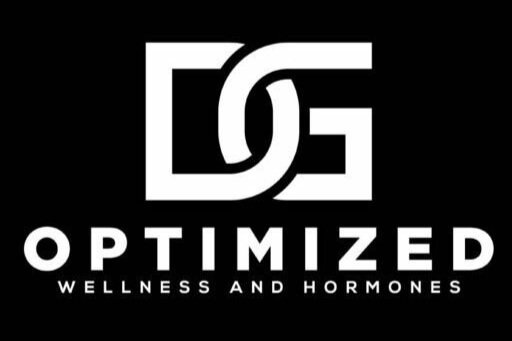TyG Index, Obesity, and Prehypertension Study.
Background - Unraveling the TyG Index and its Role in Insulin Resistance and Prehypertension
The Triglyceride glucose (TyG) index, regarded as a potential insulin resistance marker, links to obesity and prehypertension (PHT) risk in seniors. The dearth of research on this connection prompted an in-depth investigation into the predictive value of the TyG index and its relationship with PHT and obesity.
Methods - A Comprehensive Community-Based Study Approach
The study took place in Bengbu City, Anhui province, China, and involved participants aged 65 and above. Participants underwent questionnaire surveys, physical examinations, and blood biochemistry tests to evaluate various indices such as BMI, WC, WHtR, LAP, and TyG. The TyG index quartiles formed the basis for classification, while ROC analysis helped in predicting obesity indices for PHT. Interaction impacts were assessed using three additive interaction indicators, RERI, AP, and S.
Results - Establishing the Correlation between TyG Index and Prehypertension
A total of 2,666 eligible seniors took part in the study, with a PHT prevalence of 71.04%. An upward trend in PHT prevalence was observed with increasing TyG index quartiles. Post adjustment for confounding factors, the risk of PHT in the fourth TyG index quartile surpassed that in the first quartile. Notably, the TyG index outperformed BMI in predicting PHT among females. The study also revealed significant interactions between the TyG index and obesity in both males and females.
Conclusion - The Critical Role of TyG Index in Chronic Disease Management
The study shows a significant correlation between the TyG index and PHT risk. Utilizing the TyG index for early PHT detection can help reduce the risk of chronic disease in seniors. In this context, the TyG index demonstrated superior predictability than other obesity indicators.
Zhang, J., Jia, L., Zhu, T. et al. The relationship and interaction between triglyceride glucose index and obesity in the risk of prehypertension population: a cross-sectional study from a survey in Anhui, Eastern China. BMC Cardiovasc Disord 23, 336 (2023). https://doi.org/10.1186/s12872-023-03365-x
The formula for TyG Index is fasting triglycerides (mg/dl) x fasting glucose (mg/dl) / 2. This value can help assess your level of insulin resistance. It is a great means of tracking improvement once dietary changes, exercise regimens, and BHRT has been started. Jason & Rita.
